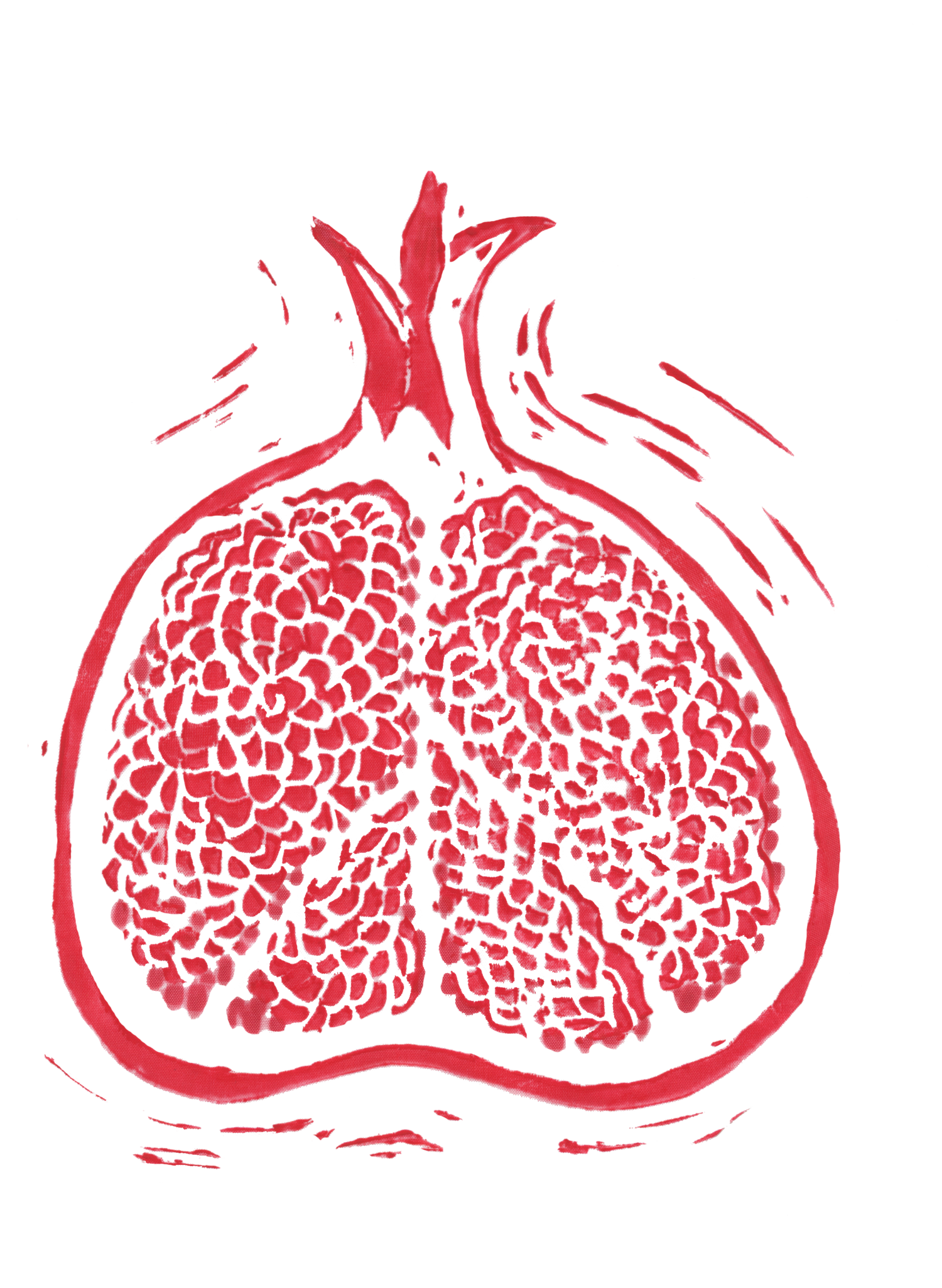Into the
Labyrinth
Bonnie’s Workshop
November 10, 2020
Bela Farm, Hillsburgh, ON
The earth is abundant with circles.
The smooth curl of a nautilus shell, the soft glow of the full moon, the changing of seasons, the shifting of days, the blood in our veins becoming iron in the ground and back again––Earth time, it seems, moves not in a line, but in a continuous spiral.
Myth is much the same. To enter myth––a story form that favors song and soil over ink and paper––is to embark on a deep inner journey, a labyrinth that calls us inward as we travel outward. It is to inhabit the voices of the past and the urgency of the present, walking a path which is already worn to find what is ever new. Like an eddy’s cool quickening, this labyrinth brings that which has been buried to the surface for discovery and reflection.
In the fall of 2020, in the midst of a pandemic that halted Western ideations of linear movement, our team gathered six feet apart at Bela Farm in hopes of finding a new way forward. Persephone Project scholar Bonnie McElhinny partnered with invited poet Alessandra Naccarato to explore how we might move, think, and write in mythic cycles, aiming to establish a deeper connection to the land and the stories that have shaped our collective. Alessandra, whose work also focuses on myth and ancestral storytelling, guided us in “circle writing,” a combined writing and drawing process that allows words to move like myths, following the labyrinth’s gyre in and out of its depths as story and storyteller are radically transformed. Then, in imitation of Ariadne’s thread, Alessandra offered us prompts to guide our thoughts through the labyrinths we had drawn:
I believe.
What/who composes us, callsus, and sustains us on our journey?
It begins.
How did our ancestors beginour journey, that which has come before?
It becomes.
How will our journey live on in our descendants, that which will come after?
I believe.
How are all of these things––ancestors, descendants, life, death, and the promise of future life––held inside of us at the same time in this current moment?
When you reach the centre, leave space for the unknown, the unutterable, the un-word. Then, trace your way back the way you came, reliving the journey over again in reverse.
Once we finished writing, story became stone with which to build a real-life labyrinth, nestled in an empty horse corral at Bela Farm. As we carried each rock to its new home, we relished the gift of community and prepared to partake in ritual. We each revealed precious items we brought to leave as mythic offerings, and watched as Persephone herself––in puppet form––circled through the stones, reaching the centre and descending into the shallow grave that had been left there years earlier. Enraptured, we slowly followed suit, letting our bodies move through the same stages our pens had earlier: I believe. It begins. It becomes. I believe.
The labyrinth’s promise of awakening and transformation did not disappoint. While appearing outwardly unaltered as we packed up and headed home, inwardly we would never be the same. There are no straight lines in nature, or myth, or, as we discovered, in the deepest parts of ourselves.
Back at Bela Farm, the labyrinth coils around and around, beckoning us to return.
In preparation for this workshop, we read selected poems from Alessandra Naccarato’s Re-Origin of Species as well as an essay from Naccarato’s forthcoming collection Imminent Domains, entitled “Mensplaining the Underworld.” During the workshop, Bonnie also recounted “The Fisher’s Story,” an Anishinaabe creation myth from Isaac Murdoch’s The Trail of Nenaboozhoo and Other Creation Stories, to offer an indigenous perspective on Earth time as well as elevate the sacred spontaneity of oral storytelling.
"On what was already an unseasonably beautiful day, I experienced a change in the air, in the landscape, and in the body, over the course of a day that went in circles." –Alisha
Unpacking Our Bags
With the onset of the pandemic, in-person workshops ground to a halt. After 9 months on Zoom, we were finally able to regroup in November 2020 to consider next steps.
Inspired by Ursula LeGuin’s “Carrier Bag Theory of Fiction,” Andrea suggested that the workshops had given us the opportunity to wander like LeGuin’s imaginary historic women, gathering food-stories to nourish ourselves and our communities. Now it was time to peer into our bags and assess what we had collected.
There was so much in those bags! We unpacked permaculture principles, land-based pedagogy, oral storytelling, journal prompts, underworlds of all sorts, puppets, rituals, almanacs, meals, disaster preparedness kits, revelations, seeds, darkness, provocations, harvest, labyrinths, circle writings, the rhythm of the seasons and more.
We began to imagine a way to collect and share all we had learned, an offering for our community. We were intrigued by the Old Farmer’s Almanac, which seemed capacious enough for our eclectic collection of stories, facts, bits of wisdom and humor and analysis while also closely tied to the seasons and the cycles of the year. We liked the idea of an urban almanac, with Persephone as our narrator, a playful, provocative and eminently useful guide to life in the worlds above and below.
“Have splendid Persephone brought back up to light… so that her mother may see her with her own eyes and let go of her wrath..”
Hymn to Demeter, lines 348-350




